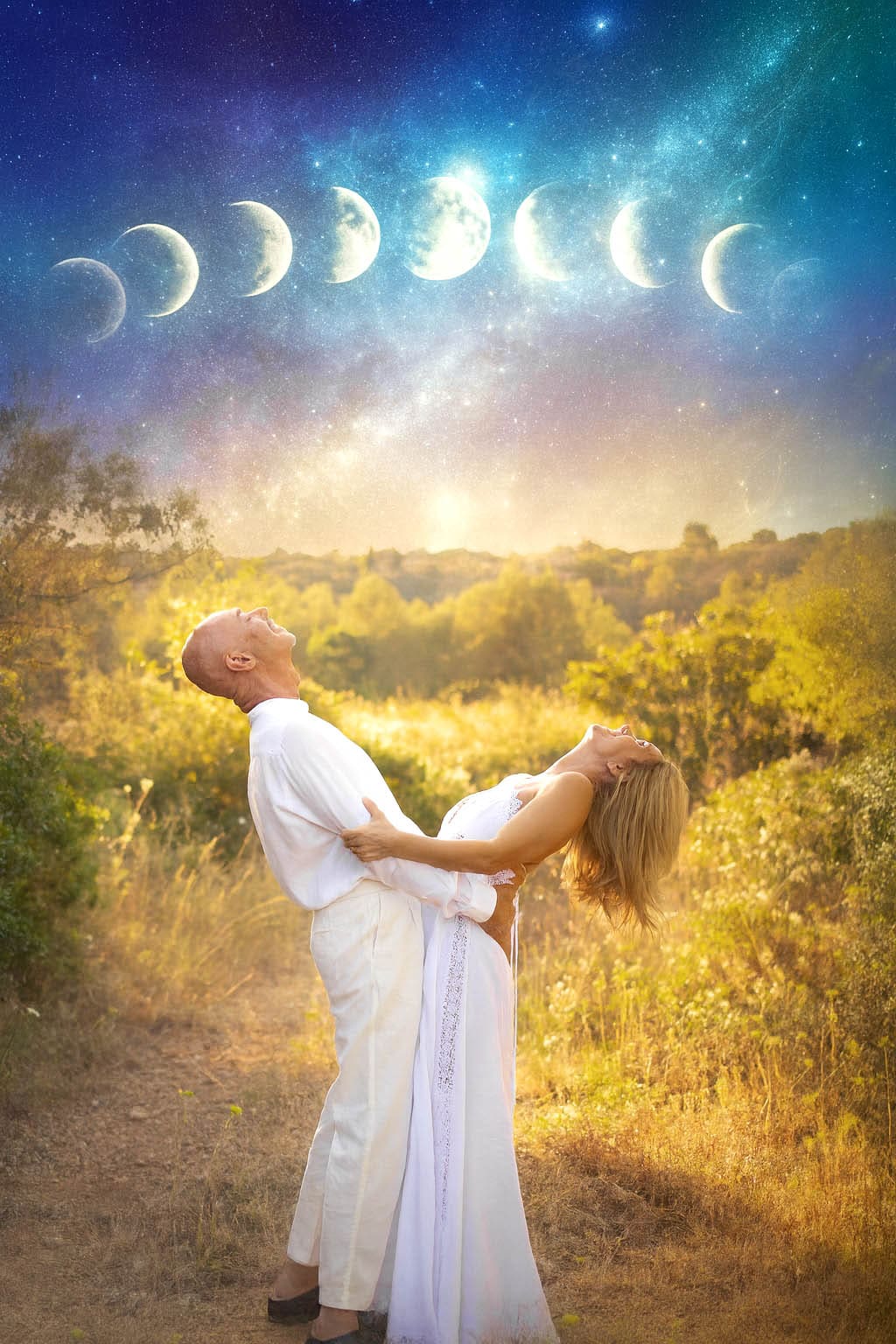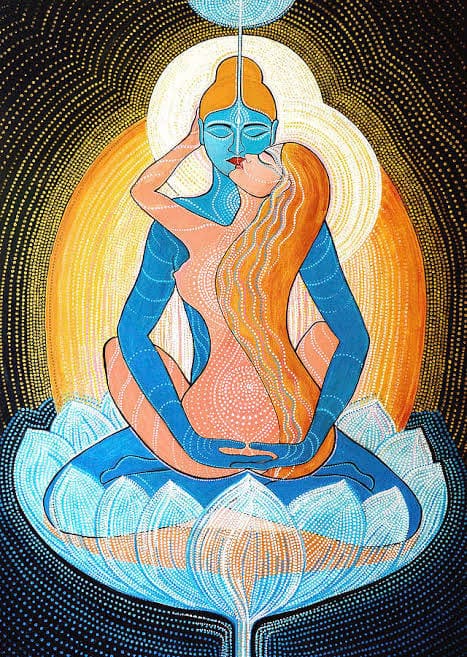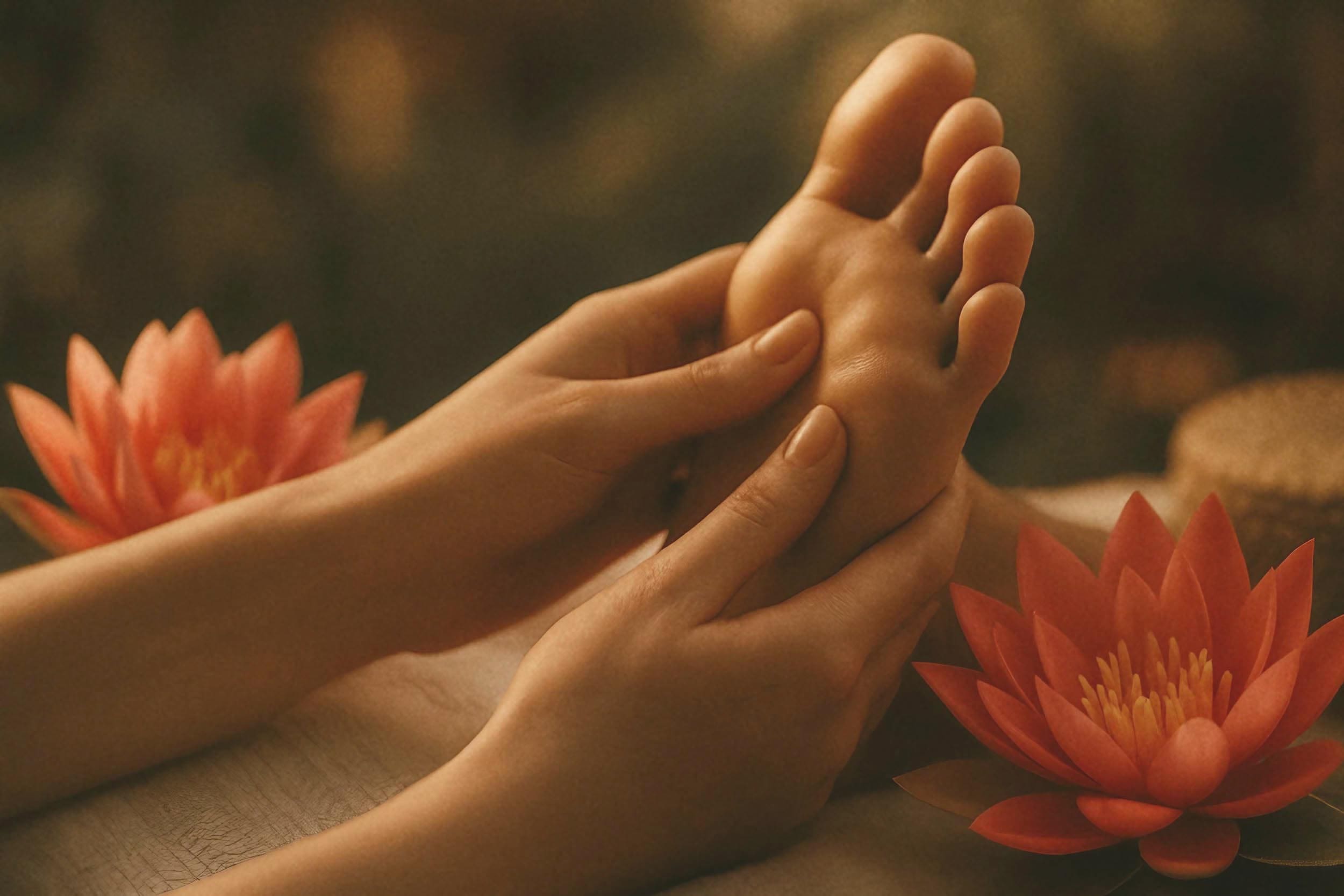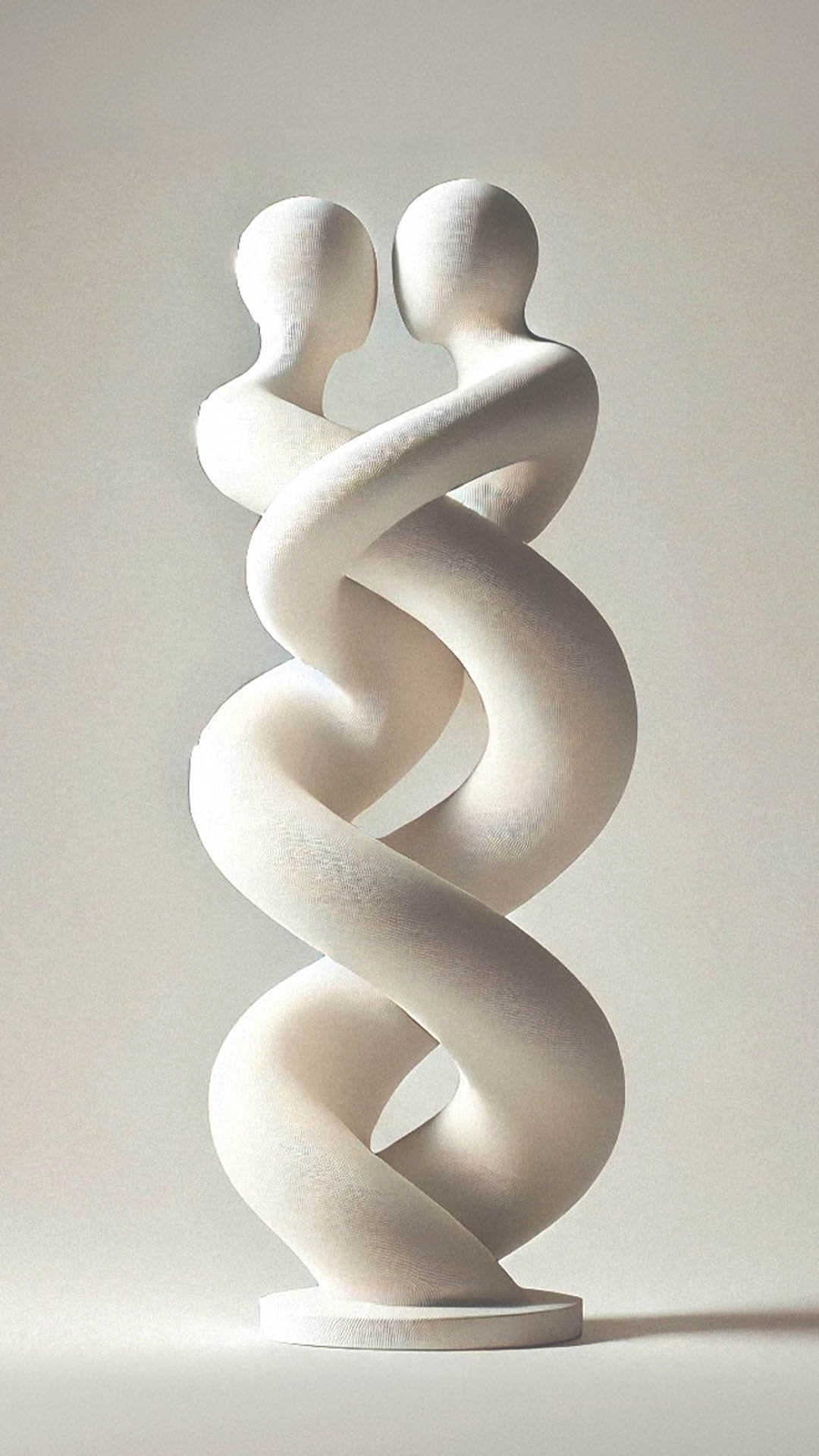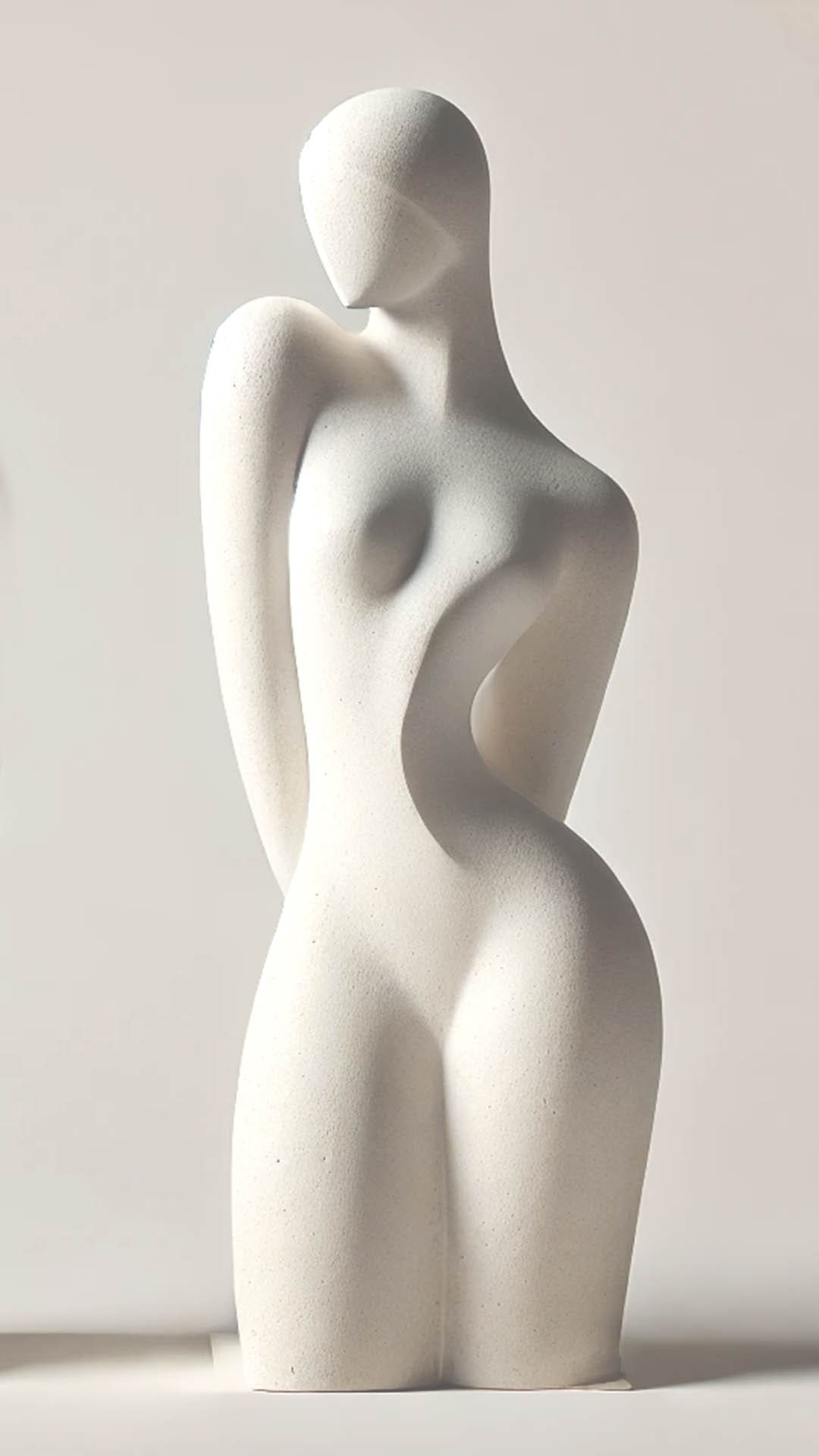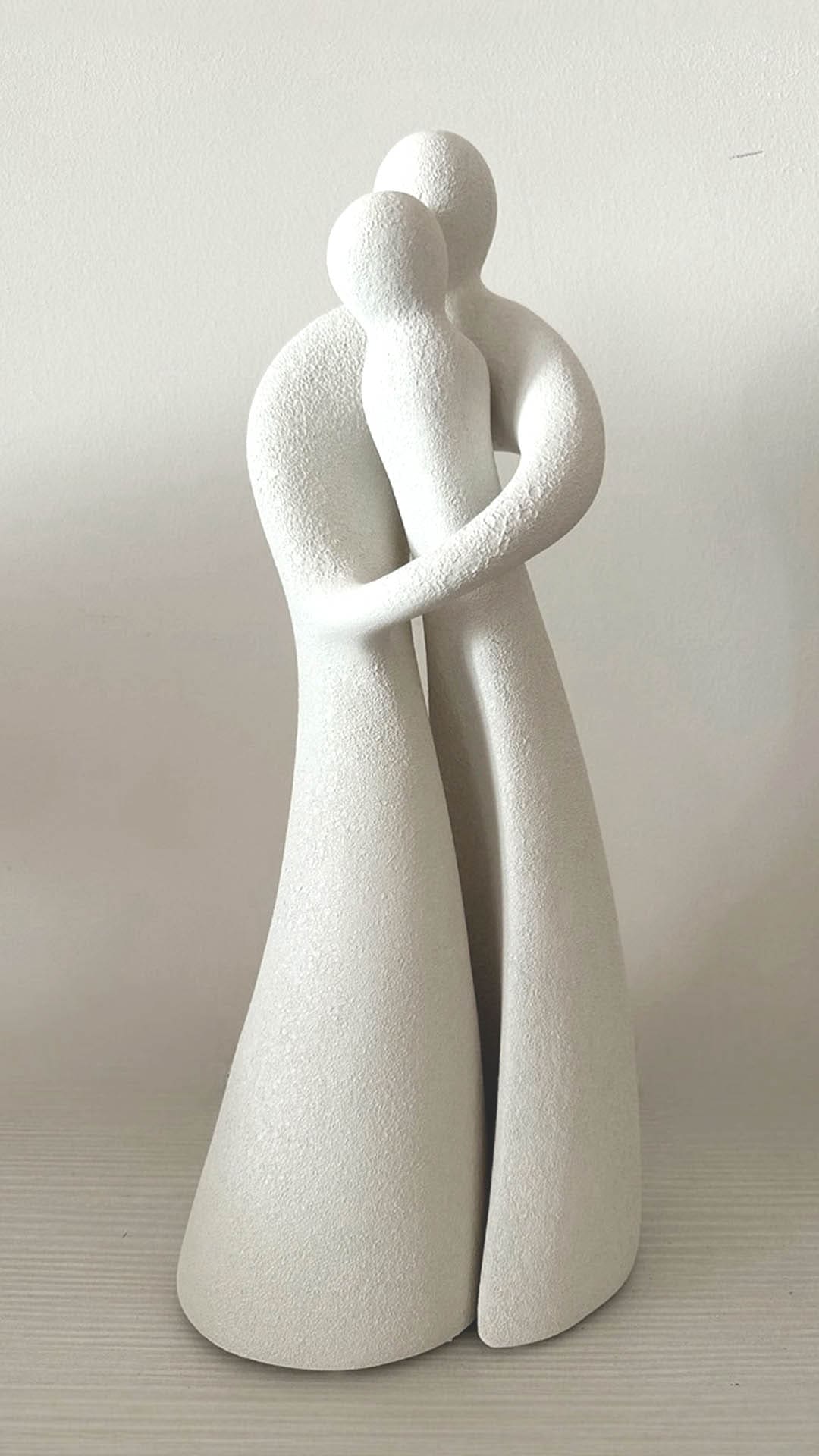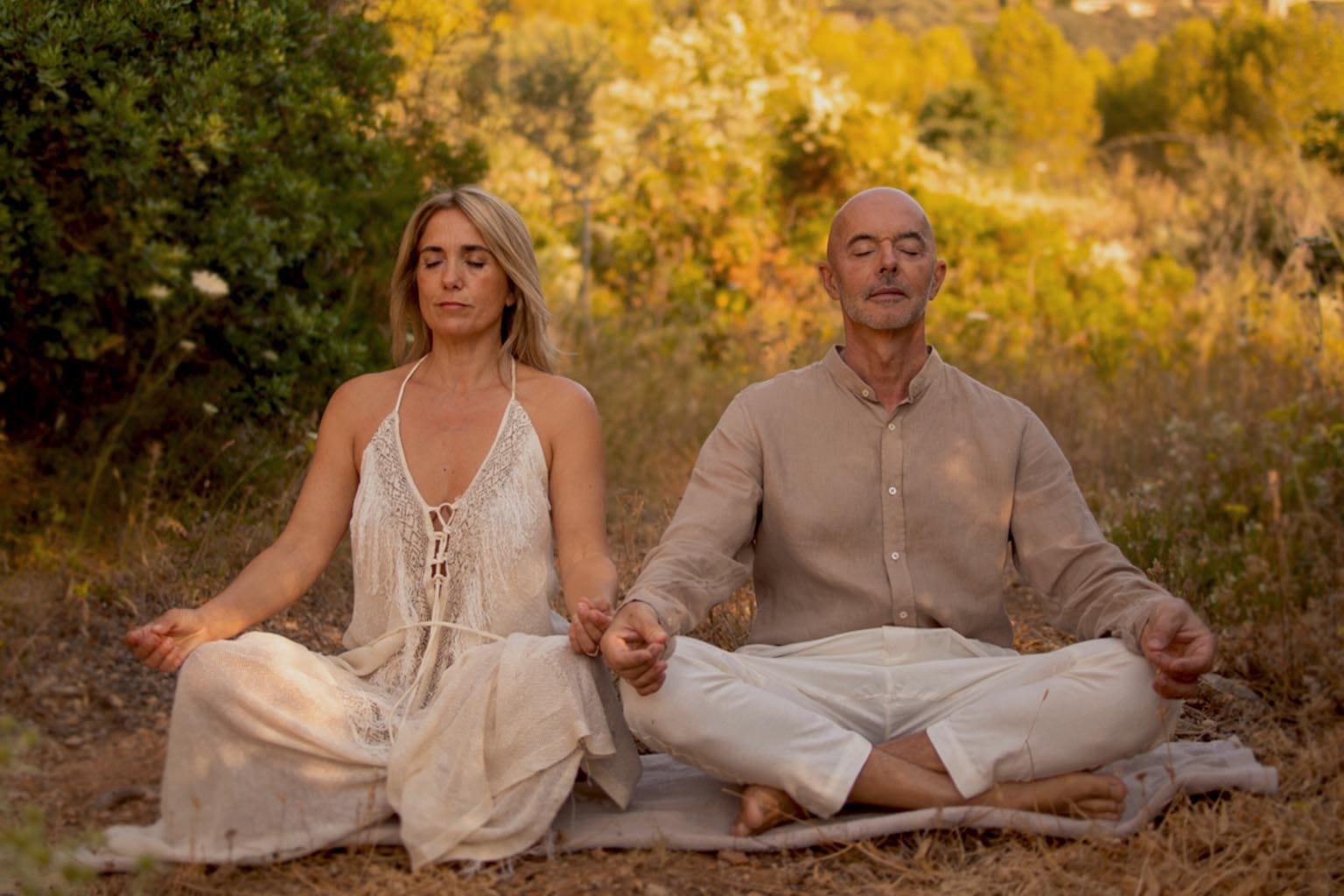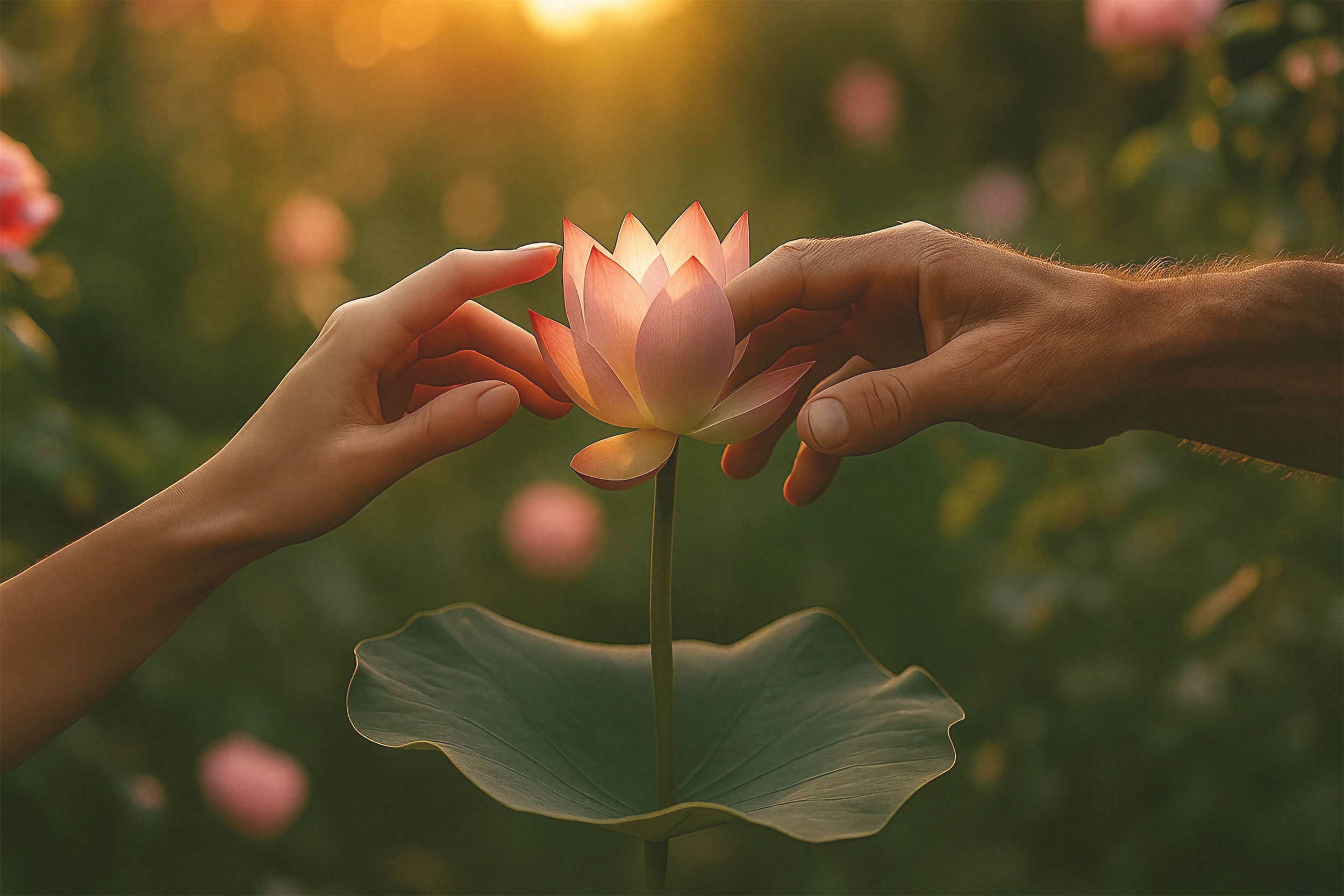Tantra vs. Kama Sutra: What’s the Difference?
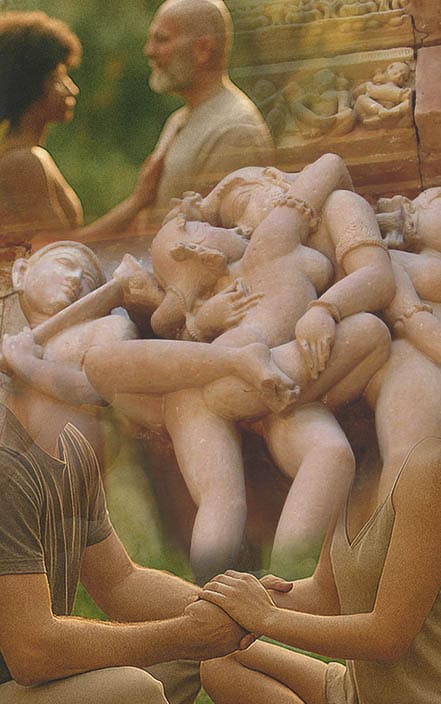
In the West, Tantra and the Kama Sutra are often confused, used interchangeably, or reduced to erotic practices and positions. But while both traditions explore love, sensuality, and human connection, they come from different origins and serve distinct purposes.
Understanding the difference between Tantra and the Kama Sutra can deepen your spiritual and intimate life, helping you explore sacred sexuality with more clarity, intention, and depth.
Shared Origins, Different Paths
Both Tantra and the Kama Sutra originate from ancient Indian spiritual and philosophical traditions, but they belong to different systems of knowledge.
• Tantra is a broad spiritual path that includes meditation, energy work, rituals, breathwork, and sometimes sacred sexuality.
• Kama Sutra is a classical text focused on love, sensual pleasure, and the art of living well.
Let’s explore the key differences.

1. Tantra: A Spiritual Path
Tantra (from the Sanskrit root tan, meaning “to weave” or “to expand”) is a rich and complex spiritual tradition. Originating over 1,500 years ago, it includes practices that awaken consciousness through the body, energy, and the senses. Some branches of Tantra are fully non-sexual and focus solely on meditation, mantra, and ritual.
In Tantric sexuality, sexual energy is used as a tool for awakening, not just for pleasure. The goal is to merge the masculine and feminine within, activate kundalini energy, and ultimately reach spiritual liberation.
Key elements of Tantra:
Tantra is not a manual of sex positions—it is a map to the divine through embodiment.
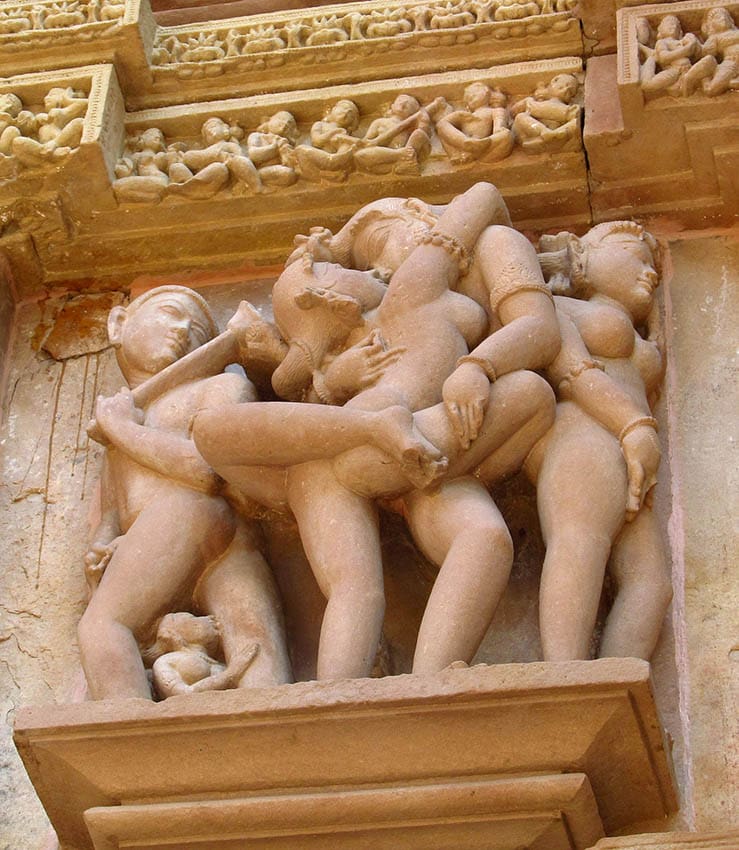
2. Kama Sutra: A Guide to Pleasure and Relationship
The Kama Sutra, written by Vātsyāyana between the 3rd and 5th centuries CE, is part of a broader Indian philosophy that recognizes four goals of life: Dharma (duty), Artha (prosperity), Kama (pleasure), and Moksha (liberation). The Kama Sutra focuses on kama, the pursuit of sensual pleasure, love, and artful living.
While often reduced to a sex manual, the Kama Sutra is actually a social and psychological treatise that explores:
Key elements of the Kama Sutra:
Only about 20% of the text deals with sexual positions; the rest is about lifestyle, love, and emotional connection.
Key Differences at a Glance:
| ASPECT | TANTRA | KAMA SUTRA |
|---|---|---|
| Origin | Spiritual and ritual traditions | Philosophical guide on sensual pleasure |
| Focus | Energy awakening, union with the divine | Pleasurable living, relationships, sex |
| Sexuality | Sacred and transformative tool | Part of an artful and enjoyable life |
| Practices | Breathwork, meditation, rituals, mantras | Social rules, seduction, sexual techniques |
| Goal | Spiritual expansion and awakening | Fulfillment of love and pleasure in life |
Where They Meet
While they are different, Tantra and the Kama Sutra can complement each other beautifully.
• The Kama Sutra offers practical knowledge about pleasure and relationship skills.
• Tantra provides the depth of presence, sacredness, and energetic awareness.
When combined, they allow for a full-bodied experience of love and intimacy that honors both the body and the soul.
Final Thoughts
Both Tantra and the Kama Sutra remind us that sexuality is not separate from the sacred, and that sensual pleasure can be part of a meaningful and conscious life. But knowing their differences helps us approach each path with respect and understanding.
• If you seek spiritual awakening through intimacy, explore Tantra.
• If you want to refine your experience of sensual pleasure and love, read the Kama Sutra.
Each offers its own gifts. Together, they invite you into a life where body, heart, and spirit are one.
Ready to dive in?
Explore our Workshops, Sessions & Trainings
and begin the path of Healing, Empowerment,
and Sacred Connection.


